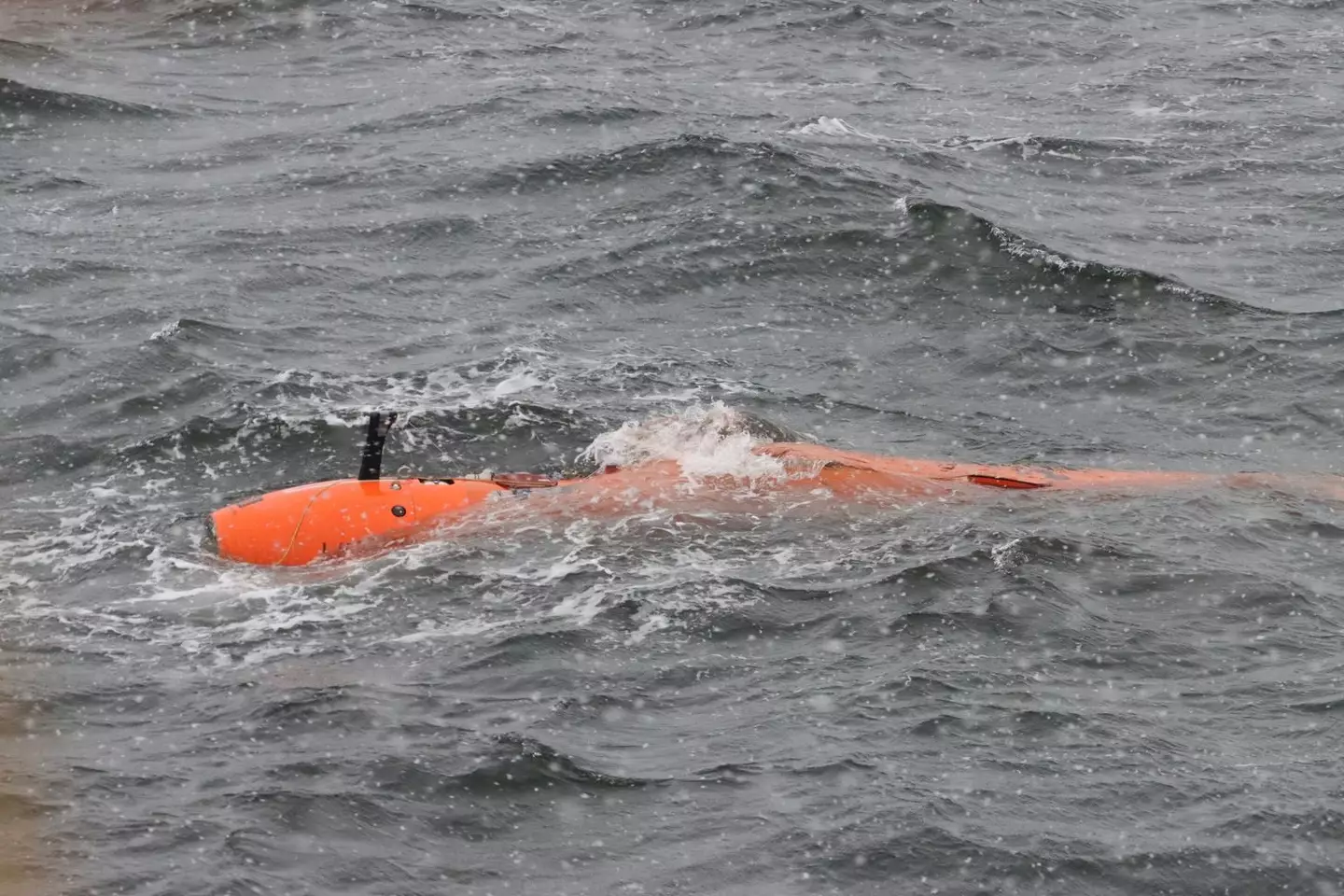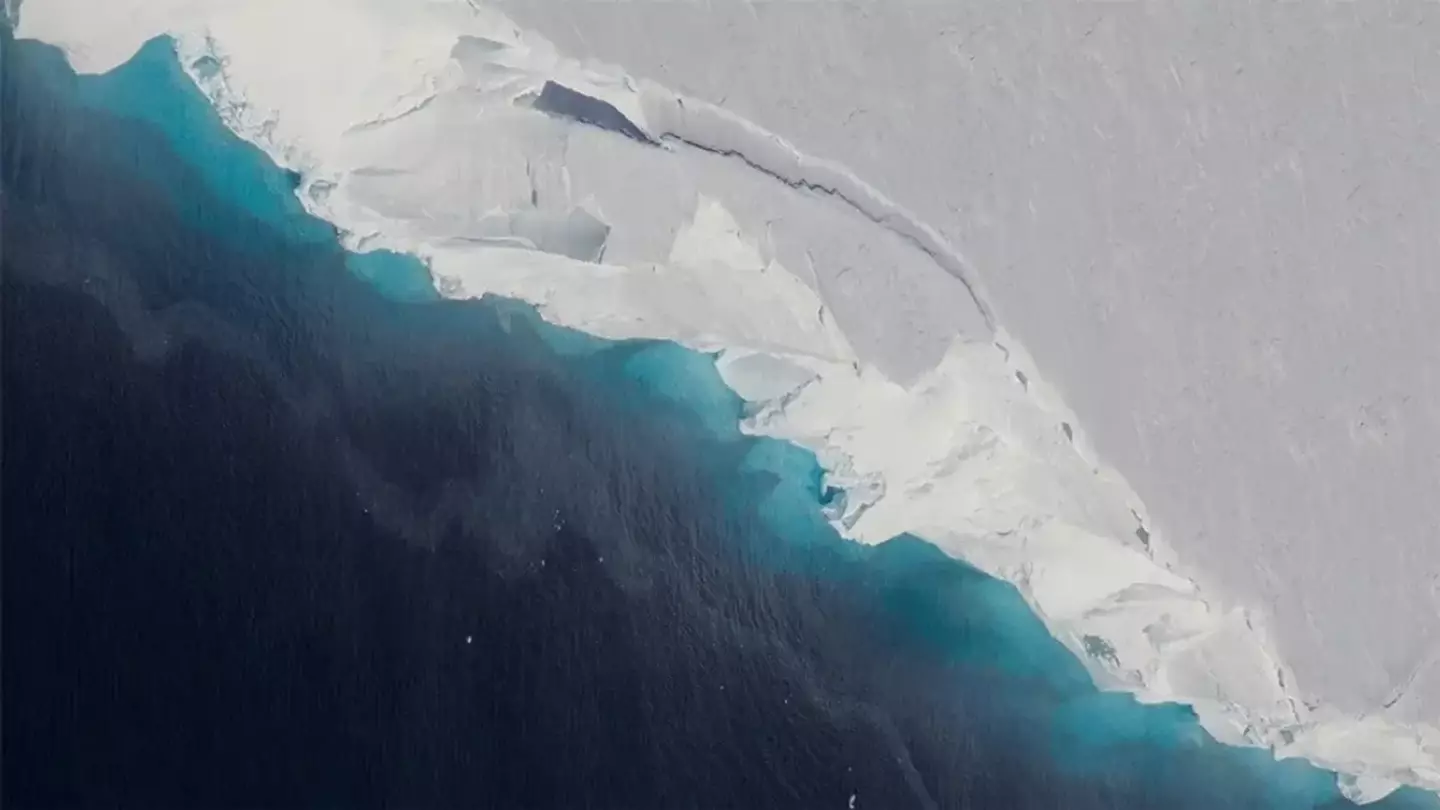.png)
A submersible has vanished beneath the so-called ‘Doomsday Glacier’ in Antarctica, researchers have said.
The autonomous underwater vehicle (AUV) named Ran is packed with top-notched technology to measure and document the environment in the water beneath the glacier.
The vehicle, which is owned by the University of Gothenburg, is one of just three similar-types in the whole world and has contributed to important knowledge about the Thwaites Glacier, which is dubbed the Doomsday Glacier.
Advert
The glacier gets its name because it has the potential to raise global sea levels by several meters if it were to melt completely.

Commenting on the missing submersible, Anna Wåhlin, Professor in the Department of Marine Sciences at the University of Gothenburg, said in a statement: “This was the second time we took Ran to Thwaites Glacier to document the area under the ice. Thanks to Ran, we became the first researchers in the world to enter Thwaites in 2019, and during the current expedition we have visited the same area again. Even if you see melting and movements in the ice from satellite data, from Ran we get close-ups of the underside of the ice and information about exactly which mechanisms are behind the melting.”
During its expeditions, Ran doesn’t have constant contact with scientists back on dry land as it is programmed to make its way back to certain locations, but during the last planned dive of the expedition, something went wrong.
Advert
After a long journey under the ice, the AUV did not appear at the programmed rendezvous point.

Wåhlin added: “It's a bit like looking for a needle in a haystack, but without even knowing where the haystack is. At this point, Ran's batteries are dead. All we know is that something unexpected happened under the ice. We suspect it ran into trouble, and then something prevented it from getting out.”
Despite the fact it may never be found, Wåhlin has no regrets about sending Ran down into the icy depths.
Advert
“The data we receive from Ran is unique in the world, and of great value for international research,” she said.
“At the same time, the stakes are high, we knew something like this could happen, even that it's a likely end for Ran. Personally, I'm of the opinion that this is a better end than having the AUV aging gathering dust in a garage. At the same time, it is of course a very big loss. We have had Ran for five years now, and during those five years we have carried out about ten expeditions, training, development work and tests.”
Featured Image Credit: NASA/OIB/Jeremy Harbeck/ANNA WAHLIN/UNIVERSITY OF GOTHENBURGTopics: Science, World News